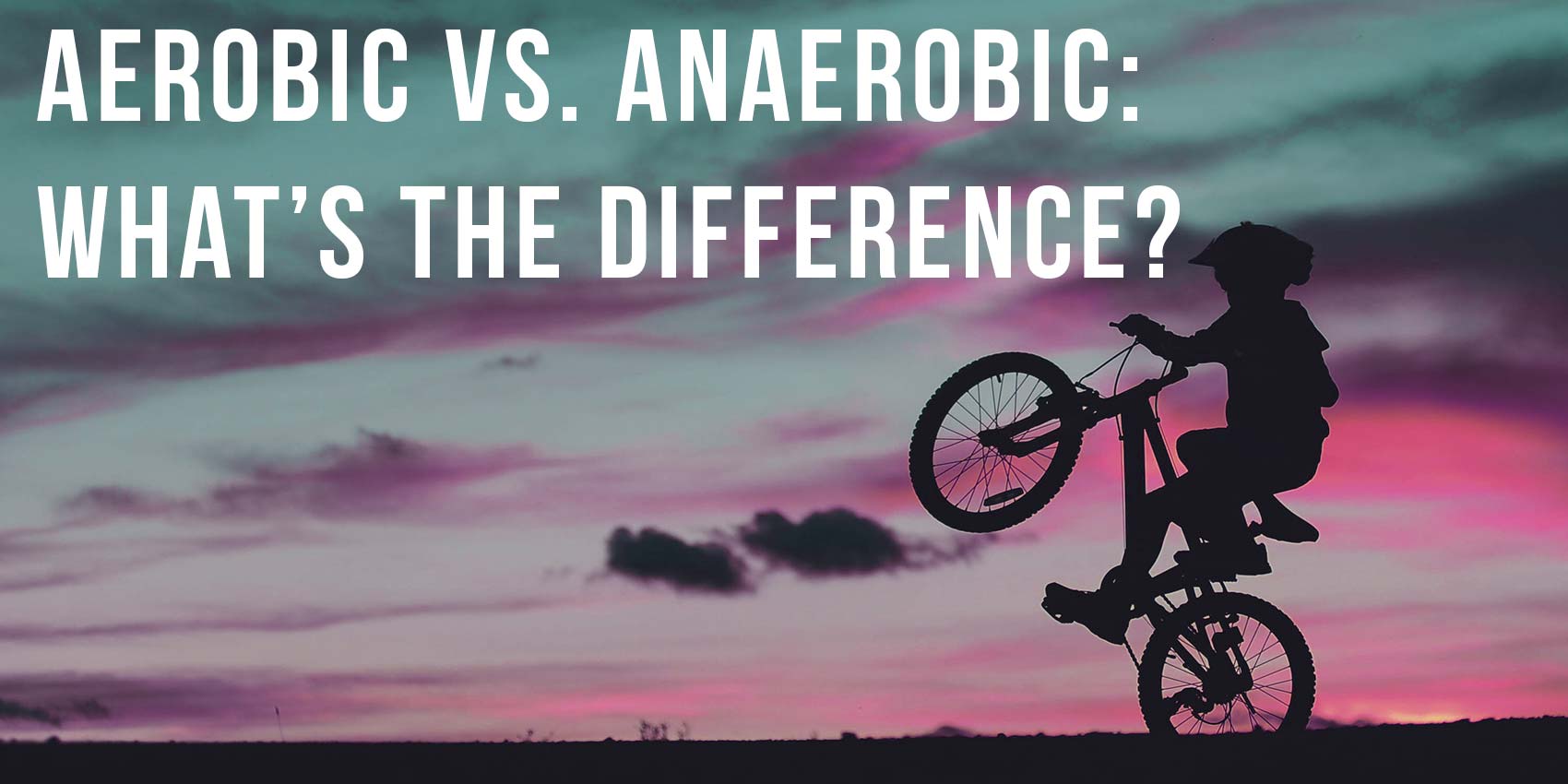08 Dec Aerobic vs. Anaerobic: what’s the difference?

When you exercise, you need energy to perform that exercise. Your body obtains (gets) that energy in two ways: aerobically or anaerobically. What is the difference? A one word answer to that question is: oxygen. So, take a deep breath and read on…
Aerobic exercise requires the use of oxygen to replenish energy. Your body is working aerobically if your lungs and heart are working hard: your body is pumping blood throughout your body at in increased rate to supply oxygen to your muscles so that they can work! Exercises that are aerobic include: biking, running, swimming, soccer, and lacrosse.
Anaerobic exercise forces your body to make energy without the use of oxygen. This occurs for activities such as weight training or sprints – whenever you are asking your muscles to “explode” with energy over a short period of time with rest in between. Lunges, squats, and pushups are examples of anaerobic exercises.
A balanced fitness routine uses both aerobic and anaerobic exercise in order to maximize fitness. This means using cardio (aerobic) for building endurance, along with strength training (anaerobic) for building muscle mass (and then stretching to keep you flexible.)
In order for exercise to become aerobic, you must perform an activity that elevates your heart rate for at least 20 minutes.
Aerobic activity must be sustained over time to build endurance and increase your cardiovascular health. Aerobic exercise also burns the most amount of calories (compared to anaerobic), helping people to keep a healthy weight. To make sure you are training aerobically, you will want to monitor your heart rate as detailed in the next post….




Post Question:
Which kind of exercise do you prefer: anaerobic or aerobic? Why?
Answer the post question here
What's being said